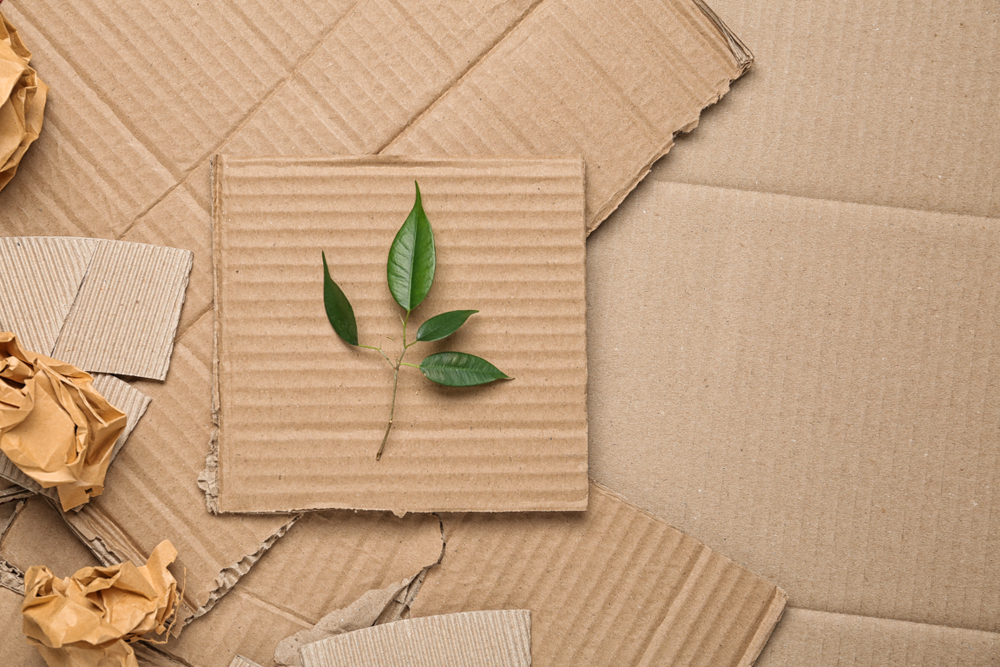According to some statistics, over 48% of millennial buyers act on eco-friendly, green considerations.
Packaging companies are moving towards a more sustainable manner of packaging, not just to appeal to customers but to establish a more “green” image for potential investors.
All in all, it pays for all businesses to consider sustainable packaging alternatives.
In today’s post, Complete Packaging Solutions in Brookville, Indiana, discusses the future of sustainable packaging, the trends, and the unique types of alternative packaging materials available.
Why Sustainable Packaging Matters
Packages are frequently thrown out and carelessly strewn across public spaces; this makes the environment messier and encroaches on the biodiversity of animals.
There has been an increasing push for all companies, not just packaging plants, to embrace ESG (environmental, social, and governance).
The Role of Turnkey Packaging Companies to Promote Eco-Friendly Options
Turnkey manufacturers have the ability to promote more eco-friendly packaging materials and procedures that give off fewer carbon emissions. It opens the door to appeal to a customer base that has environmental concerns.
Here’s what packaging companies are doing to be more sustainable:
- Sustainable material sourcing
- Eco-friendly production processes
- Practicing “green” design principles
The Shift Towards Sustainable Packaging
The majority of packaging manufacturers have moved from an industrial base to a “consumer-style” of packaging.
This is because unique, interesting packaging is what helps to drive purchase decisions from consumers. Of course, people are also looking for sustainable and eco-friendly packaging options – anything that’s plant-based, biodegradable, and healthy for the environment.
This comes at a premium, of course. Cheaper isn’t often as sustainable. The premium offers a more recyclable form of packaging, however.
As technology advances, the cost of creating eco-friendly packaging will decrease steadily.
The Growing Adoption of Biodegradable Packaging Materials
Plant-based materials have been on the rise – especially in the food and beverage industry. These come in a variety of forms.
Cellulose
Cellulose comes from cotton, hemp, wood pulp, or trees, which are then transformed into raw packaging materials, customized to be water-, oil-, and air-resistant, thicker, thinner, harder, or softer to withstand heat.
It’s commonly used in food packaging but can also be used in pill packaging.
Polylactic Acid (PLA) & Polyhydroxyalkanoate (PHA)
Bioplastics are a type of plastic that can degrade and decompose naturally, not harming the environment. The two most common types are PLA and PHA. These are made of raw materials like sugarcane, cornstarch, or tapioca roots.
They’re commonly used in 3D printing; these plastic filament materials have a low melting point, high strength, low thermal expansion, and great layer adhesion, making them perfect for creating high-grade packaging.
Sugarcane Bagasse
Sugarcane pulp. It’s a fibrous material that has various uses. It’s often used in the food and beverage industry to provide an alternative to conventional plastic packaging.
Bagasse can biodegrade in 30 to 90 days without leaving any toxic residues behind.
Other Innovative Packaging Materials
- Corrugated Bubble Wrap: 100% recycled cardboard produced from leftover scraps during box manufacturing.
- Biodegradable Packing Peanuts: Albeit this material is used as a filler rather than packaging, they’re made entirely from plant-based starches.
- Recycled Cardboard & Paper: Most paperboard, tissues, cereal boxes, and cardboard can be used to create new packaging.
- Mushroom Packaging: Mushroom-derived packaging can be composted at home. Once dried, mushrooms can be transformed into various molds to fit retail, cosmetic, or food products.
- Cornstarch Packaging: It’s renewable, affordable, and not scarce. It also has low flammability.
- Seaweed Packaging: On the cutting edge of sustainable packaging alternatives comes a method that extracts agar from seaweed and algae, which is then dehydrated to create packaging material.
- Edible Films: A creative food packaging alternative for wrapped food items created from chitosan (a sugar made from chitin shells of crustaceans) or from milk protein known as casein.
Evolution of Traditional Packaging Materials
Traditional packaging materials have gotten a makeover. No longer relying on processes that negatively impacted emissions, new packaging materials and processes began to take over.
The “Circular Economy” Concept
The Circular Economy is a model of production and purchasing that involves reusing, sharing, and recycling existing materials. This ties directly into the trends seen with turnkey packaging manufacturers.
Many packaging companies are choosing to engage in “circular design principles.” This can often relate to using a single material for creating packaging or making packaging designs that are easily reusable or recyclable, providing a ton of lifetime value for the cost.
Single-Material Packaging
Mono-material packaging involves only one type of material, making it easier to recycle and reuse or repurpose. Most packaging is composed of multiple materials, which means they need to be disassembled in order to be recycled.
Not only does single-material packaging require less energy (lower emissions) to create, it can be repurposed after it enters a waste management stream.
Modular Packaging
Modular packaging involves greater levels of scalability and flexibility. Streamlined packaging processes that involve a modular system results in the more efficient use of resources, which contributes to more sustainable packaging.
The Ongoing Evolution of Sustainable Packaging
The road toward more sustainable packaging is going to involve synergistic cooperation of various stakeholders: packaging companies, consumers, government service providers, retail outlets, and more.
For more information about Complete Packaging Solutions’ advances toward sustainable packaging, click here.

